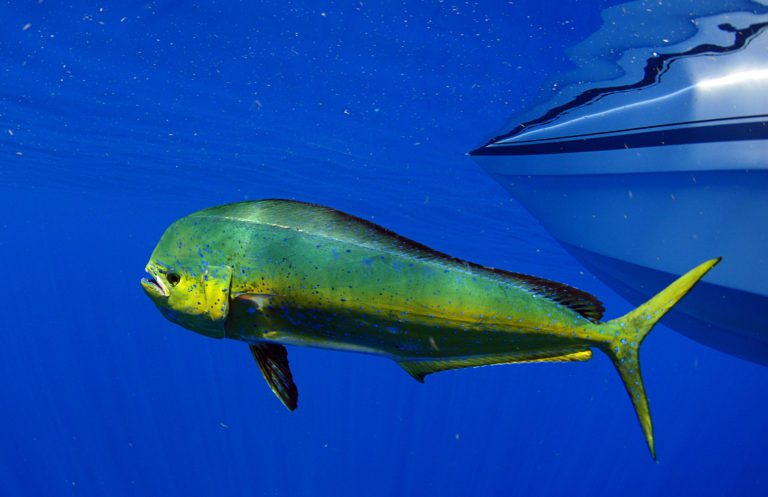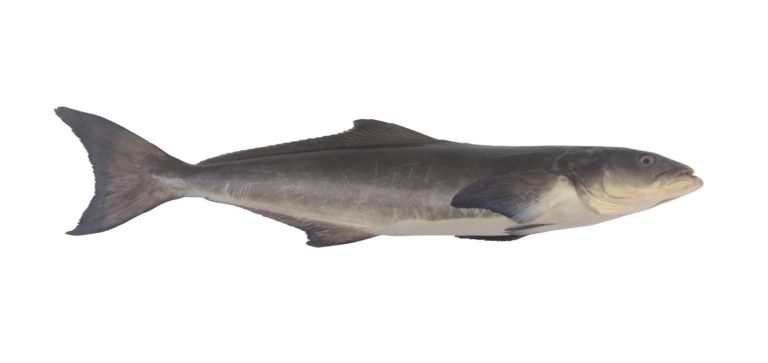Expert Tips: How to Catch Snook in Florida for Memorable Fishing Adventures
Catching Snook in Florida can be tough, but with the right tips on where to fish, which gear to use, and the most effective baits, you’ll dramatically increase your odds. This guide on how to catch Snook in Florida gives you practical advice to understand Snook behavior, the best fishing times, and crucial local regulations. Learn the secrets of seasoned anglers to bring in those Snook strikes more consistently, and get ready to hit Florida’s waters informed and prepared.
Key Takeaways
- Understanding Snook habitats, behavior, and having the proper gear are crucial for successful fishing in Florida’s inshore waters.
- Using the right bait or lure is key—live bait mimics natural prey effectively, while artificial lures and dead baits also have strategic advantages.
- Plan your fishing trips around Snook activity—early morning, late evening, and seasonal movements to enhance the chances of a catch, and make sure to follow Florida’s specific Snook regulations.
Unlocking the Secrets to Snook Fishing Success in Florida
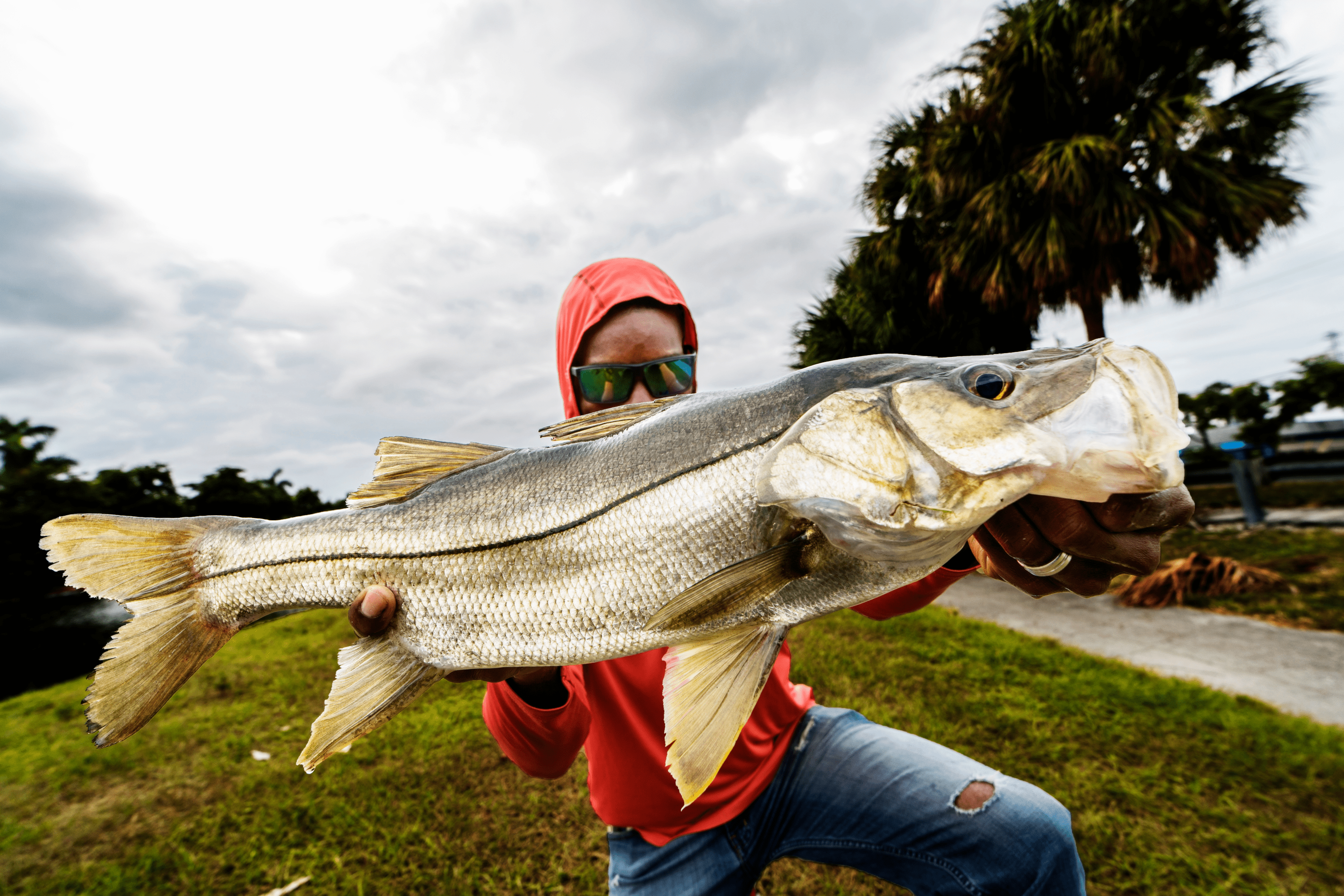
When you cast your line into the warm tropical waters, you’re engaging in more than just fishing; you’re on the hunt for the elusive Snook, a prized catch for any angler. So, what’s the secret to a successful Snook fishing trip in Florida? It all boils down to understanding the Snook’s habitat, their behavior, and having the right fishing gear.
Identifying Prime Snook Habitats
Snook are fascinating creatures that prefer certain types of environments, especially those providing shelter and a rich food source. The inshore coastal waters of Florida offer such habitats, including mangrove shorelines, seagrass beds, and beaches. Snook are also often found near structures like bridge pilings, docks, boat hulls, and sea walls.
Currents significantly influence the Snook’s habitat, affecting their spawning behavior. During the spawning season, Snook migrate to coastal wetlands with currents aiding in the dispersion of their eggs. So next time you head out for your beach fishing trip, remember that areas with high flow currents are prime habitats for Snook.
Understanding the Snook’s Behavior
Snook’s behavior is influenced by various factors, including water temperature, salinity, and even weather conditions. They adjust their feeding habits seasonally, gorging on Pinfish, Greenbacks and shrimp in the summer/fall, while preferring Shrimp (still), smaller Mud Crabs, Invertebrates, and Whitebait in the winter.
Understanding these patterns will enhance your bait fishing strategies and help you adapt to the Snook’s dynamic behavior, increasing your chances of a successful catch.
Essential Gear for Targeting Snook
Once you have the proper gear, you’re prepared for your Snook fishing trip. For general use, a 2500-3500 series spinning reel with 10-15-pound braid and a 20-pound leader is ideal. This setup is versatile and suitable for various fishing conditions. However, if you’re targeting big Snook or fishing from structures like bridges or docks, a heftier 4000-5000 series reel with 30-plus-pound braid and a 50-plus-pound leader is recommended.
The choice of rod is equally important. A medium heavy 7 foot rod is an excellent choice for Snook fishing in Florida, especially when you’re targeting slob Snook (slang for big Snook for the rookies). Paired with a 4000 series spinning reel and a 30-pound braided line, you’re all geared up for an incredible snook fishing experience.
Mastering the Art of Bait and Lure Selection
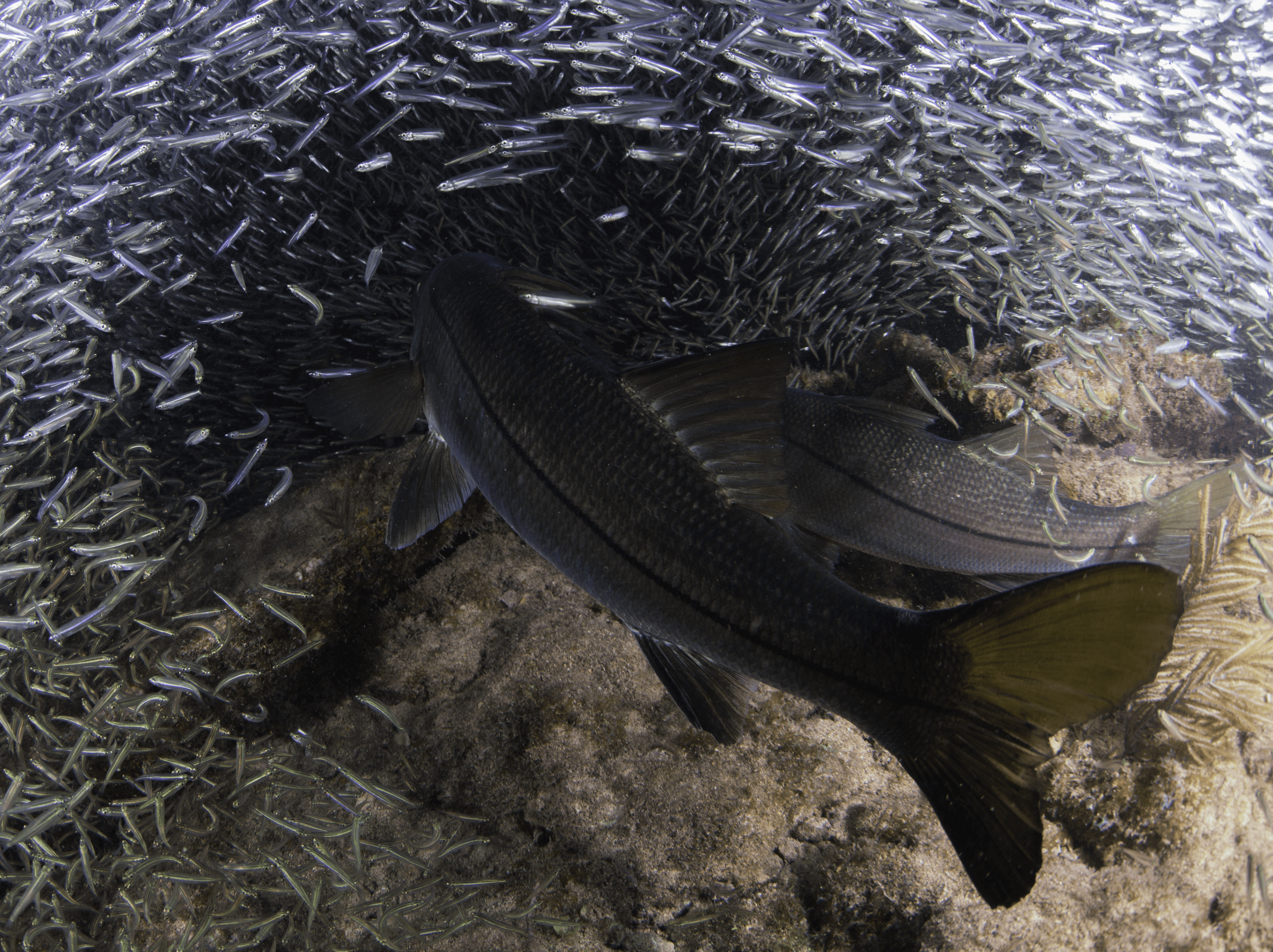
A crucial aspect of Snook fishing is mastering the art of bait and lure selection. The right bait or lure can greatly improve your chances of reeling in that monster Snook. From live bait like Greenbacks, Mullet, and Ballyhoo to artificial lures that imitate natural prey, there’s an array of options at your disposal.
Now, let’s explore more about Snook baits and lures.
The Role of Live Bait in Snook Fishing
Live bait is particularly effective in Snook fishing. Snook are opportunistic feeders, and using live bait can enhance your likelihood of a successful catch. From Pinfish to Greenbacks and Shrimp, the world of live bait is rich and varied.
The way you rig your live bait can also affect your Snook fishing success. Options like the Circle Hook & Small Float, Knocker Rig, and Jupiter Rig are excellent choices. Remember, a lively and healthy bait is more likely to attract Snook, so ensure you store the bait properly and handle it with care.
Artificial Lures That Get Results
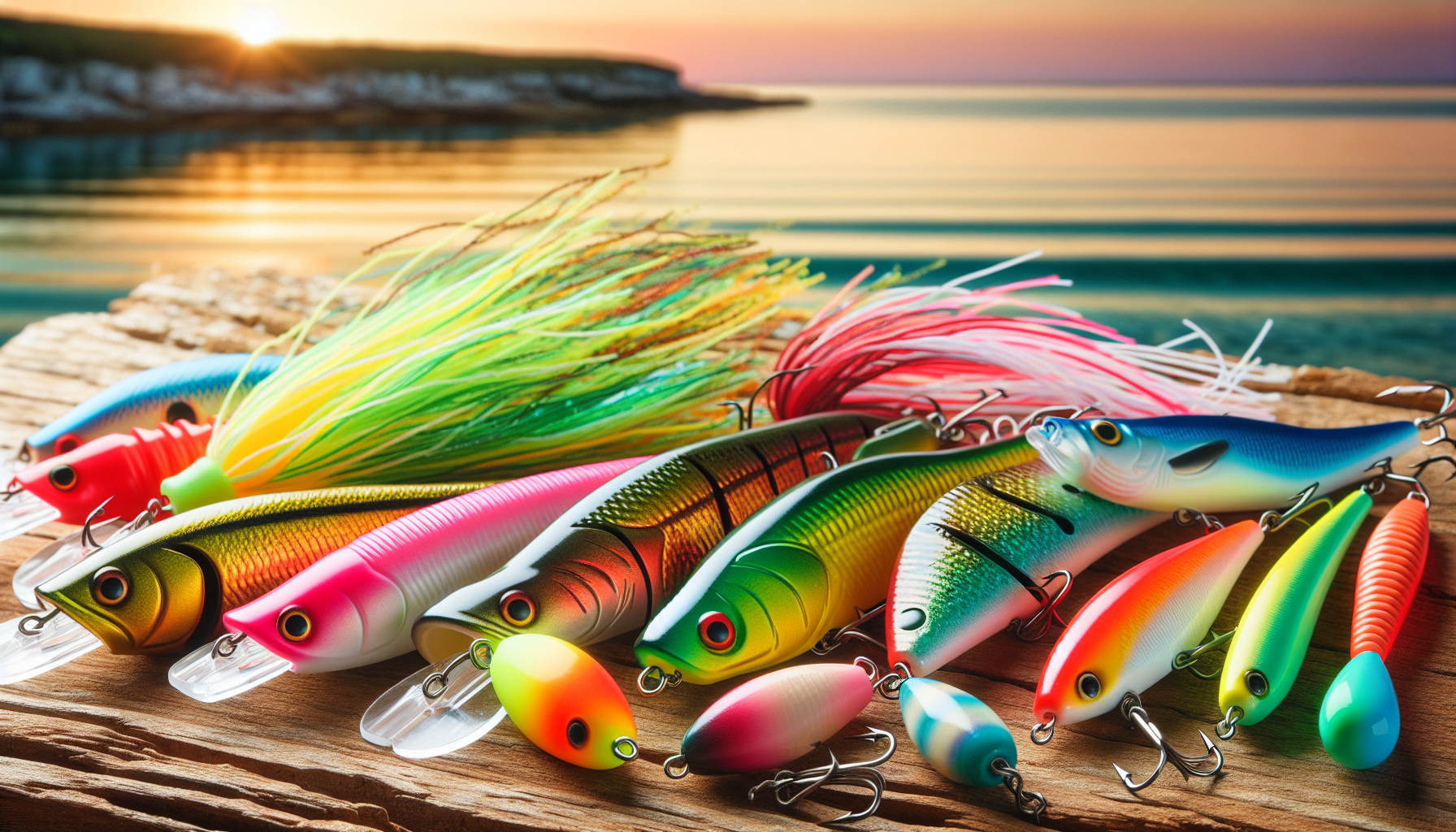
For those who favor artificial lures, numerous effective options are available. Some popular choices include:
- Swimbaits
- Topwater plugs
- Soft plastic shrimp
- Jerkbaits
Remember, the key is to align the size and color of the lure to the local baitfish that the Snook are feeding on.
Jigs also work wonders when it comes to Snook fishing. Options like bucktail jigs and soft bait options like those from Z-Man, Berkley Gulp!, Storm, and D.O.A. perfectly mimic the movement of small fish and crustaceans, enticing Snook to bite.
Dead Bait Strategies
Dead bait strategies can also be effective for Snook fishing. Some baits that are highly attractive to Snook include:
- Cut mullet chunks
- Ladyfish chunks
- Shrimp
- Pilchards
- Dead ballyhoo
- Menhaden
- Strips and chunks of these baitfish above
Preparing your cut bait for Snook fishing is also critical. Hook the bait through the flesh so that it conceals the hook entirely, which will increase your chances of a successful catch. Using a 2/0 circle hook with at least a 30 lb. leader when using dead bait is advised.
Timing Your Snook Fishing Trip for Optimal Catches
Timing plays a pivotal role in Snook fishing. Knowing the best times of day and understanding the seasonal movements of Snook can help you plan your fishing trip for optimal catches.
Best Times of Day for Snook Fishing
The best times for Snook fishing are:
- Early morning
- Late evening
- Two hours surrounding dawn and dusk
- Hours immediately after the outgoing high tide
- Two hours before the ebbing tide
These periods coincide with increased Snook activity as they feed in shallow zones, increasing your chances to catch slob Snook.
Snook fishing can also be highly productive at night, especially because Snook are attracted to light. The lunar cycle also impacts Snook fishing, with the most active fishing occurring during the outgoing tide of a full moon or new moon. The increased water movement during these times brings more food to the Snook, creating enhanced fishing opportunities.
Seasonal Snook Movements
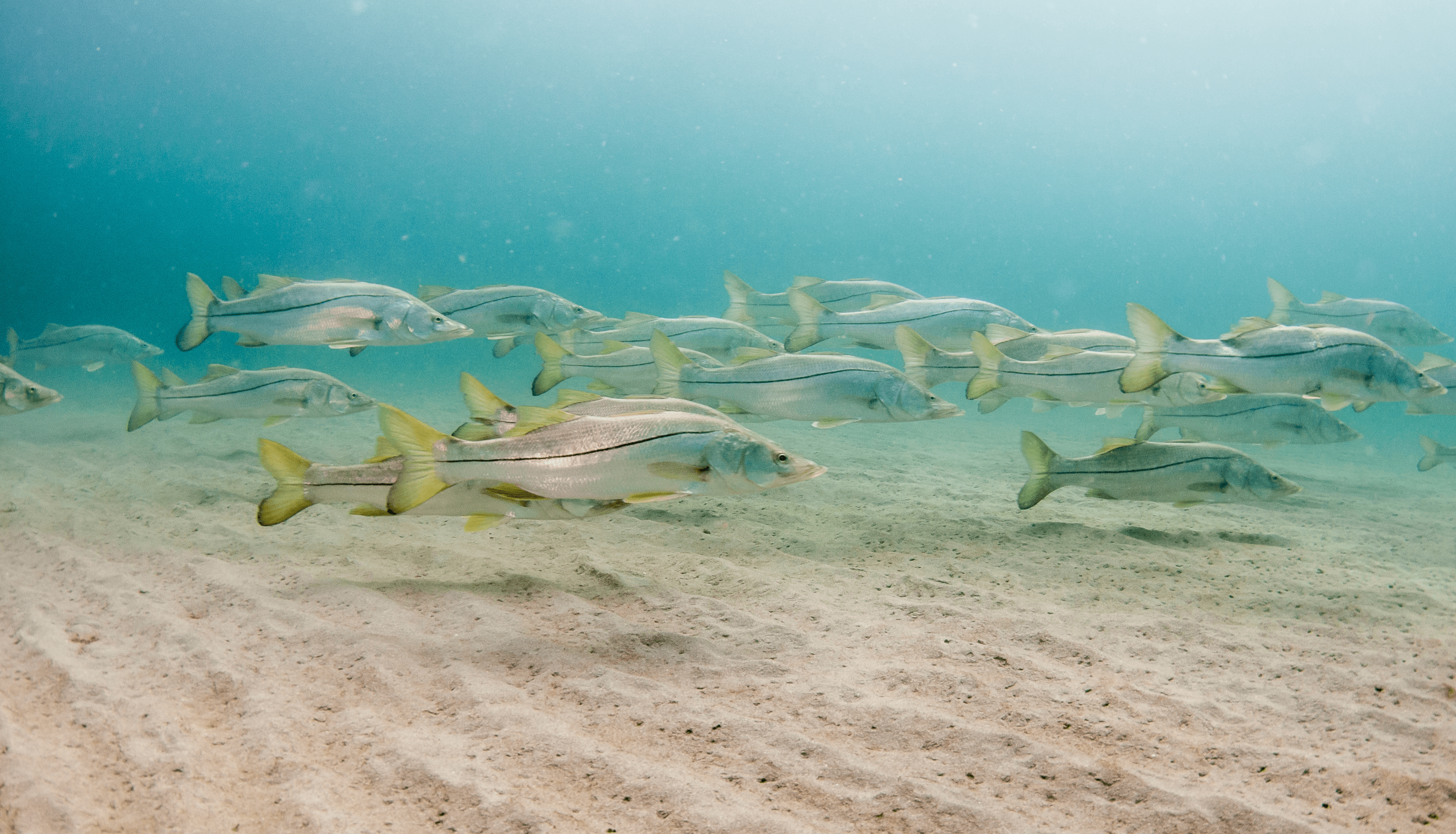
The seasonal movement of Snook also affects fishing success. In the summer, Snook tend to gather around passes, inlets, and near the ocean surf for spawning, with peak reproduction in June and July. This migration to warmer waters offers amazing opportunities for successful catches. In the winter Snook are found deeper in backwaters, near docks and up rivers and inlets.
Understanding the seasonal patterns of Snook can lead to more successful catches as Snook display different preferred habitats in different seasons, showing their incredible ability to thrive in various environments.
Inshore Fishing Tactics for Trophy Snook
Inshore fishing tactics can greatly enhance your chances of landing a trophy Snook. Techniques like sight fishing and kayak fishing offer unique advantages that can make your Snook fishing trip an unforgettable experience. In fact, these methods are often considered the best Snook fishing approaches by many anglers.
Sight Fishing for Stealthy Snook

Sight fishing for Snook is an exhilarating experience that involves casting live bait, lures, or flies directly by the fish when they are visible, typically in shallow water or along sandy beaches. Spotting Snook while sight fishing is truly thrilling – look for signs such as:
- Wakes
- Swirls
- Flashes of silver
- Dark shadows
- Disturbances in the water
Choosing the right lure for sight fishing is also critical. Some highly effective options include:
- Power Prawn
- Alabama Leprechaun
- Slam Shady Paddletail
- Slam Shad Jerk Shadz
- Aqua Dream Weedless Spoon
And remember, blind casting the beaches and retrieving the lure parallel to the shoreline can be incredibly effective.
Kayak Fishing Advantages
Kayak fishing offers unique advantages for Snook fishing. The stealthy nature of a kayak allows you to approach Snook in shallow waters without alarming them. Kayaks are versatile and easy to maneuver with paddles or pedals, making it easy to reach and fish in shallow waters and grass flats where Snook may be present.
Along with the stealth advantages, kayak fishing allows you to:
- Cover more ground
- Stay on top of and track a school of Snook
- Target docks, mangroves, and underwater structure and other hard to reach spots with live bait like Finger Mullet or pinfish on a circle hook, all while avoiding the need for a traditional flats boat
These pros can give you the edge against the landbound angler.
Navigating Florida’s Snook Fishing Regulations
Before embarking on your Snook fishing trip, you should familiarize yourself with the Snook fishing regulations in Florida. These regulations include slot limits, seasons, licensing, and permits, all aimed at ensuring sustainable fishing practices.
Slot Snook Regulations
Slot Snook regulations in Florida state that the fish must measure between 28–32 inches on the Atlantic coast and between 28–33 inches on the Gulf coast. Any Snook outside of these measurements must be released. Most regions of Florida also have closed seasons for Snook fishing. These are typically between December to February and May to August/September. Be sure to check the local regulations in the waters you’re fishing in as they vary across the state. It’s important to note that these regulations have been implemented to protect and preserve the Snook population from being overfished, ensuring the long-term sustainability of the Snook fishery.
Not adhering to these regulations can result in penalties including imprisonment or fines. So, be sure to measure your catch carefully and release any Snook that doesn’t meet the slot limit requirements. This way, you’re not only playing by the rules but also contributing to the conservation of this wonderful species.
Licensing and Permits
Before you can start your Snook fishing adventure in Florida, you need to have a valid saltwater fishing license and a Snook permit. These can be easily purchased online, through an app, or in person at a licensed agent or tax collector’s office. If you’re a resident, you can also obtain a combined license for freshwater and saltwater fishing at a reduced cost.
Don’t forget that non-residents can also enjoy fishing in Florida with just a few additional licensing requirements. So, whether you’re a Florida local or a visitor, you’re all set to enjoy the beautiful Florida waters and experience the thrill of Snook fishing.
Planning Your Ultimate Snook Fishing Adventure
Armed with the requisite knowledge and skills for successful Snook fishing, you can now start planning your ultimate Florida Snook fishing adventure. From selecting a fishing guide to choosing a charter service, there’s a lot to consider to ensure your fishing trip is an unforgettable one.
Selecting a Fishing Guide
Engaging a fishing guide can significantly enrich your Snook fishing experience. When choosing a fishing guide, consider the following:
- Their knowledge and experience in fishing near docks, mangroves, and other underwater structures
- If they have the necessary licenses
- How long they have been guiding
- Whether they specialize in Snook fishing
These factors can be a huge advantage in finding the right fishing guide for your Snook fishing adventure.
When interviewing a potential fishing guide, make sure to ask about:
- Their extensive experience guiding for Snook fishing
- The effective techniques they use
- The equipment they provide
- Their success rate
Look for attributes like experience, skillfulness, patience, and persistence, which are crucial for successful Snook fishing.
Charter Services for Every Angler
If you prefer a more comprehensive fishing experience, opting for a charter service can be a great choice. Charter services provide a tailored fishing experience and access to all necessary equipment. They may be more expensive than hiring a guide, but the added convenience and services make it a fantastic option for your Snook fishing trip.
A typical day on a Snook fishing charter is filled with adventure, starting with leaving the dock early in the morning. You’ll have the opportunity to fish in the backwaters and flats of bays, and can expect to land an average of 10 to 20 snook. And the best part? The price of a Snook fishing charter includes so many amazing things like rods, reels, tackle, live bait, lures, your fishing license, fly fishing equipment, snacks, and a fully equipped boat ensuring a comfortable and comprehensive fishing experience.
Summary
From understanding Snook behavior, to mastering the art of bait selection and fishing techniques, from timing your fishing trip to the right hour and season, to adhering to fishing regulations and picking the best guides and charter services, a whole lot goes into creating the perfect Snook fishing adventure. You’re now fully equipped with the knowledge and skills to make your Snook fishing trip in Florida a memorable one. So, let’s gear up, cast the line, and embrace the thrill of Snook fishing. Tight lines and happy fishing!
Frequently Asked Questions
What is the best bait for Snook?
The best bait for Snook includes live bait such as Greenbacks, Pinfish, small Mullet, and Shrimp, as well as lures like plugs, soft plastics, and flair-hawk jigs.
What is the best time to catch Snook?
The best time to catch Snook is during the warmer months of May through September, particularly in the early mornings and evenings, when they are most active. Be sure to head out at dawn and dusk, specifically during a rising tide.
What months are Snook season in Florida?
Snook season in Florida runs is typically from September 1st to December 1st and from March 1st to May 1st, but be sure to check local rules as these can vary by region. Enjoy planning your fishing trips during these periods!
Where are the most Snook in Florida?
You can find the most Snook in southern coastal Florida, from about Cape Canaveral on the Atlantic coast to about Tarpon Springs on the Gulf coast. Happy fishing!
Is Snook a good eating fish?
Yes, Snook is considered a good eating fish due to its delicious white flesh and its popularity as a game fish. Enjoy catching and eating Snook within the set catch limits and closures.



